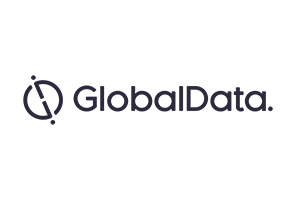
The human immunodeficiency virus (HIV) market is projected to increase marginally from $16.3bn in 2015 to $22.5bn by 2025, according to a report by GlobalData.
Titled ‘PharmaPoint: Human Immunodeficiency Virus (HIV) – Global Drug Forecast and Market Analysis to 2025’, the report covers the nine major countries of the US, France, Germany, Italy, Spain, the UK, Japan, Brazil, and China.
The key drivers of growth identified by the report include the introduction of new drugs, increase in the incidence of HIV cases, and identification of new infections using aggressive screening and diagnostic policies.
Existing HIV therapies are failing to address two persistent unmet needs of patients, including the long-term adverse effects of the drugs, and effectiveness against drug-resistant HIV strains. Physicians are, therefore, forced to move from one therapy to another to counter drug-resistant viral strains, according to David Fratoni, PharmD, MS, Healthcare Analyst for GlobalData.
Pharmaceutical companies are focusing their efforts on the development of single-tablet regimens (STRs) and a long-acting injectable formulation, which require once-daily or once-a-month dosing. The new therapies can be made available for a larger group of patients and will also help physicians achieve better compliance rates.
Within the STR market, new integrase inhibitor (INI)-based STRs are being introduced including ViiV’s Triumeq, and Gilead’s Stribild and Genvoya. These STRs are demonstrating better efficacy compared to the commonly prescribed STR, Atripla, says the report.
How well do you really know your competitors?
Access the most comprehensive Company Profiles on the market, powered by GlobalData. Save hours of research. Gain competitive edge.

Thank you!
Your download email will arrive shortly
Not ready to buy yet? Download a free sample
We are confident about the unique quality of our Company Profiles. However, we want you to make the most beneficial decision for your business, so we offer a free sample that you can download by submitting the below form
By GlobalDataFurthermore, new STRs are expected to be launched in the market during the forecast period, including DTG / rilpivirine, and protease inhibitor (PI)-based STR, darunavir / COBI / emtricitabine / TAF.
A number of environmental barriers such as low patient awareness, high cost and social stigma still affect the HIV market.
The issues should be resolved in order to address the global HIV epidemic, the report adds.







